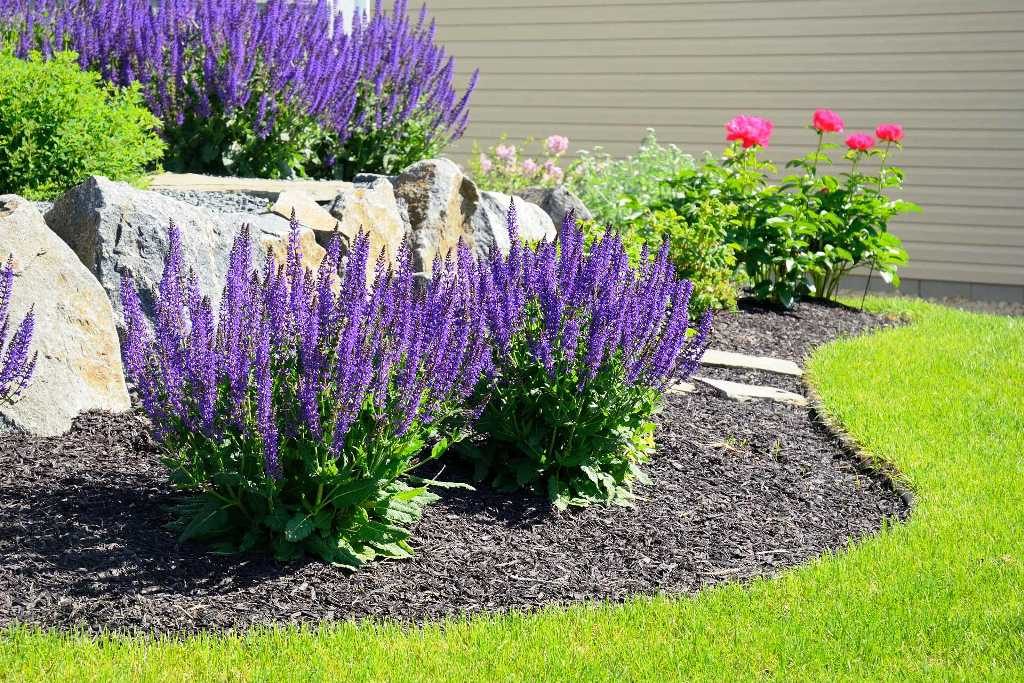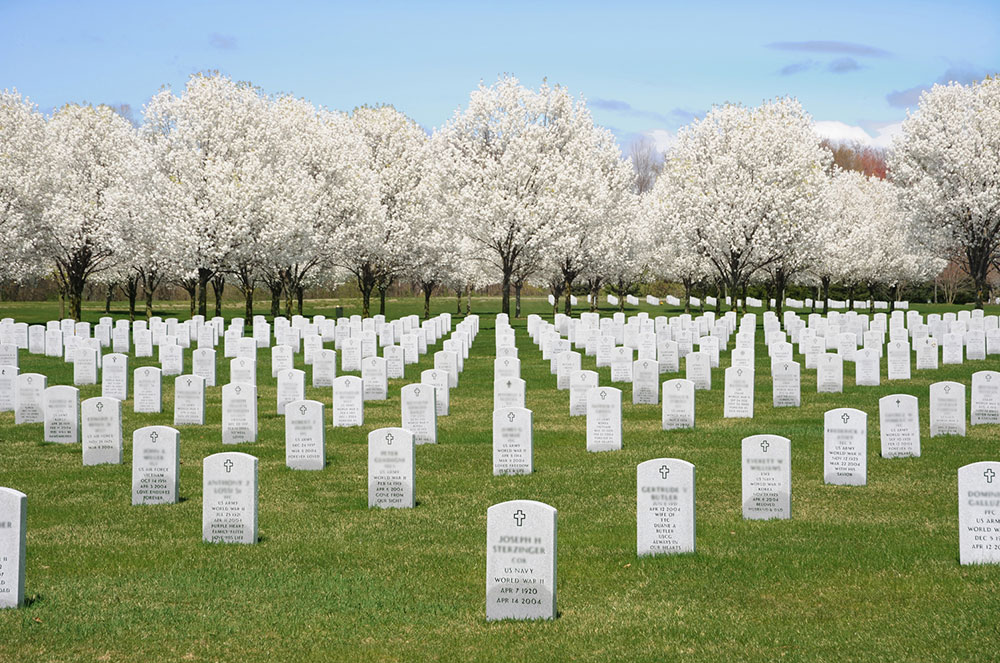Selecting an End Up for Western Red Cedar House Siding
Whether it's solid paint or discolor, Actual Cedar supplies a complete list of exterior siding application ideas. Women trees have little blue spheres embellishing the branches-- the fruit.
How fast do eastern red cedars grow?

The Red Cedar is not really a Cedar but is actually a juniper. It has a medium growth rate of 12-24†per year with sticky foliage that is a dull green from spring to fall, and in the winter can be green or turn brown or purple.
WindbreakTrees.com

What can eastern red cedar be used for?
Eastern red cedar is a tree. The wood, berries, and leaves are used for medicine. People take Eastern red cedar for cough, bronchitis, joint pain (rheumatism), water retention, and flatulence. They also take http://brooksdtwo140.bearsfanteamshop.com/ground-insurance-coverage-for-trees it to improve appetite and digestion, and as a treatment for fungal infections and worms.
The initial few months after planting a western red cedar are important for its growth and survival. When western red cedars are collected from a nursery field for transplanting, most of their origins are severed. The trees are unable to take up water effectively for numerous months after planting, making them vulnerable to dry spell anxiety. Water them at least weekly during the first expanding period.
How do red cedar trees grow?
Red cedars can also be propagated via cuttings. Cuttings should be taken in late fall, winter or spring when the tree is dormant and the sap has slowed. Try to take the cutting in the early morning. To grow a cedar from a cutting, Click to find out more you will need a 3- to 6-inch piece of current year's growth.
Convallaria requires watering to come to be well-known, after which it is drought-tolerant and among the extra vigorous perennials. It spreads extensively from below ground roots, so offer lots of room for it to expand. More recent cultivars are variegated and also some have light pink blossoms.
- Eastern red cedar (Juniperus virginiana) reaches heights of 40 to 50 feet and has a spread of 8 to 15 feet, however is usually rather smaller sized in farming.
- The trunk is covered in furrowed reddish-brown bark that turns grey as the tree matures.
- When crushed, the flaky dark-green fallen leaves have a material gland that generates a great smelling smell.
- It grows in between 50 as well as 70 feet high with a 25-foot spread in growing, but wild trees can get to elevations of 200 feet.
- Western red cedar (Thuja plicata) has an all-natural conelike shape.
How often do you water western red cedar?
Spacing- Single row 12 ft apart, Double row 14 ft apart between rows and plants, multiple rows 20 ft between rows and plants. The Red Cedar is a recommended windbreak tree but consider all the conditions above when selecting this tree.
Inside the fruit there are 1-4 seeds that are spread by birds. Male trees have tiny tan colored yearn cones, which are the plant pollen bearing body organs of the tree. Pollen is launched from these small organs at the end of the winter to pollinate the women structures.
Your trees can be reduced and also used for furnishings, lumber, artisan wood crafts or fire wood. If you wish to market your cedar trees, either as mature trees or for their timber, understanding just how much they are worth is the very first step. You might have been stunned by the approaching and/or current cost rises on Western Red Cedar recently.
Eastern red cedar, the "red stick" of the Acadians, comes from the juniper family members of conifers, one of the oldest in the world. Old Egyptians utilized a juniper to make chariot wheels in 1300 B.C.